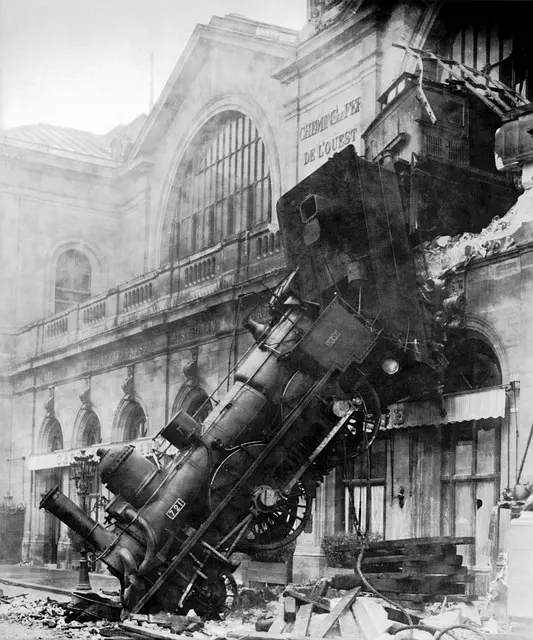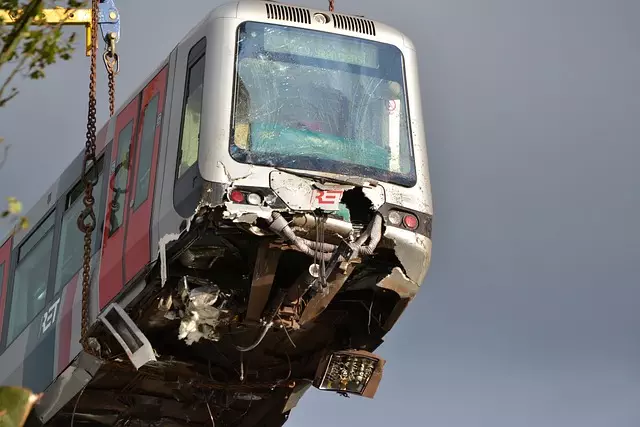In Manhattan and The Bronx, cyclists are protected by traffic laws similar to drivers, emphasizing the need for awareness of regulations, especially in construction-heavy areas. Builders must adhere to safety standards, including signage, secured equipment, and clear bike lanes, to prevent accidents with cyclists. Cyclists have legal protections if harmed by negligence, such as poorly maintained barriers or obscured signs. Understanding these rights and responsibilities is crucial for enhancing safety and the cycling experience, particularly in The Bronx's dynamic urban environment with frequent construction projects. Addressing construction site negligence is vital to avoiding serious incidents.
In New York City, cyclists face unique challenges navigating Manhattan’s bustling streets. Understanding the nuanced cyclist safety laws is crucial for both riders and the city’s legal landscape. This article delves into the rights and responsibilities of cyclists in Manhattan, focusing on construction sites—a common hazard area. We explore a case study highlighting construction site negligence in The Bronx, its legal repercussions, and practical steps for individuals involved in cyclist safety lawsuits stemming from such incidents.
Understanding Cyclist Safety Laws in Manhattan

In Manhattan, cyclist safety is governed by a set of traffic laws designed to protect both riders and motorists. Cyclists have the same rights and responsibilities as drivers, according to New York State Vehicle and Traffic Law. Understanding these regulations is crucial for navigating the city’s bustling streets, especially in areas like The Bronx where construction sites are prevalent.
Construction site negligence can pose significant risks to cyclists. Builders and contractors must adhere to safety standards, including proper signage, securing equipment, and ensuring clear bike lanes. Cyclists have legal recourse if they sustain injuries due to a contractor’s negligence, such as poorly maintained barriers or obscured warning signs. Awareness of local laws and proactive safety measures can help reduce accidents and enhance the overall cycling experience in Manhattan.
– Overview of cyclist rights and responsibilities

Cyclists, like any other road users, have rights and responsibilities that must be respected to ensure safe navigation in Manhattan or any other New York City borough, including The Bronx. When it comes to construction sites, cyclists are particularly vulnerable due to the often chaotic nature of these areas. According to state law, cyclists are considered vehicle operators and have the same rights as drivers, including the right to use all roads open to vehicular traffic. They must follow traffic rules, signal turns, and yield when necessary. However, they also have specific considerations; for instance, they can use bike lanes and paths designed for their safety.
Construction sites pose unique challenges. Cyclists have the right to pass through construction zones but should exercise caution. Builders are responsible for maintaining safe conditions, including secure fences and barriers. Negligence on their part, such as failing to secure a site or mark hazards, can lead to serious accidents. Cyclists must also be vigilant, keeping a safe distance from heavy machinery and construction vehicles. Understanding these rights and responsibilities is crucial for both cyclists and builders to prevent accidents and ensure the safety of everyone sharing New York City’s roads, especially in areas like The Bronx with its diverse urban landscape and construction projects.
In Manhattan, understanding cyclist safety laws is paramount. While New York City offers vibrant cycling opportunities, it’s crucial to recognize both rights and responsibilities, especially in areas like The Bronx where construction site negligence can pose significant risks. By adhering to traffic rules and taking preventive measures, cyclists can enhance their safety on the roads. Awareness and adherence to these regulations are essential steps towards fostering a safer cycling environment across the city.
